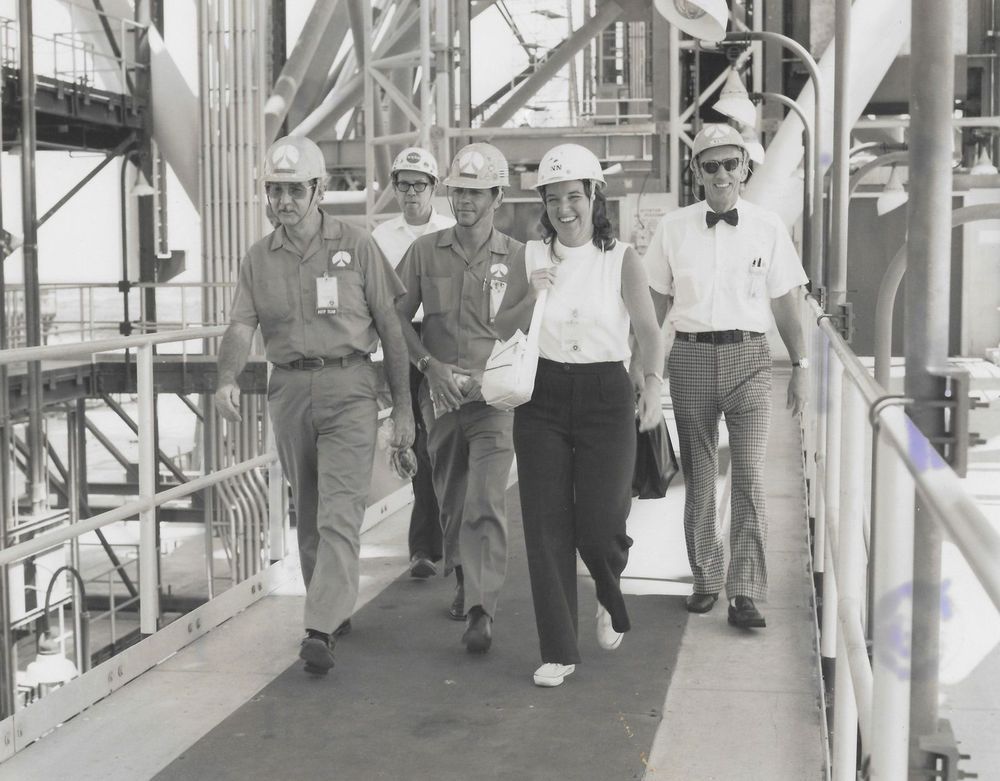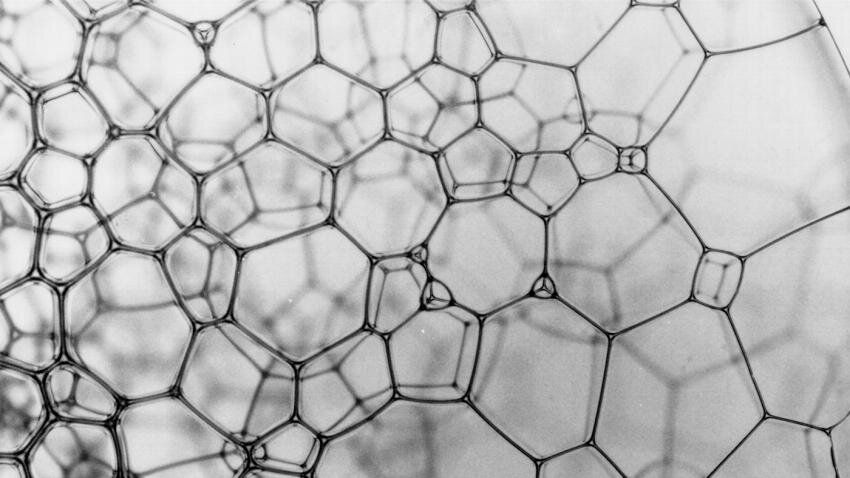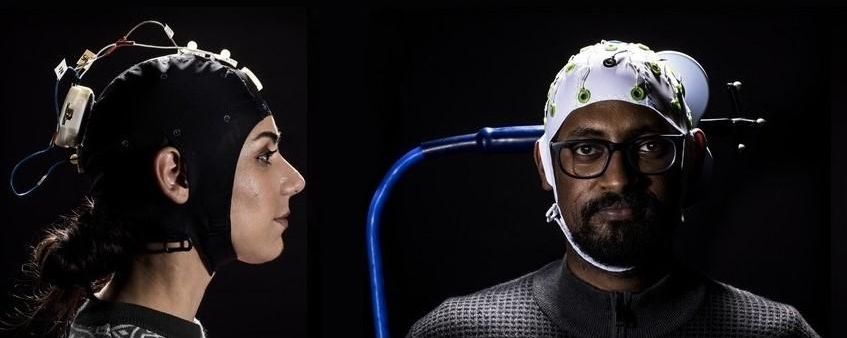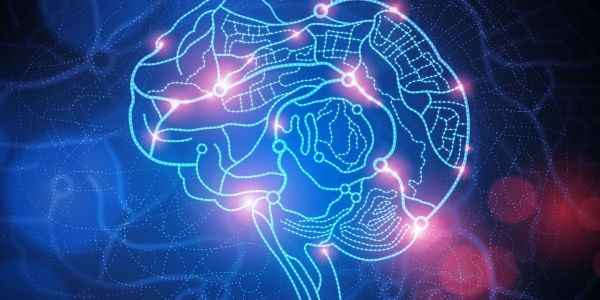Attackers would use the pages to post malicious URLs, disguising the links as news or mobile applications. Facebook said it removed the pages — which collectively had hundreds of thousands of followers — after notification from researchers…




A new system called BrainNet lets three people play a Tetris-like game using a brain-to-brain interface.
This is the first demonstration of two things: a brain-to-brain network of more than two people, and a person being able to both receive and send information to others using only their brain.
“Humans are social beings who communicate with each other to cooperate and solve problems that none of us can solve on our own,” says corresponding author Rajesh Rao, a professor in the Paul G. Allen School of Computer Science & Engineering and a co-director of the Center for Neurotechnology at the University of Washington.


How do the communities of microbes living in our gastrointestinal systems affect our health? Carnegie’s Will Ludington was part of a team that helped answer this question.
For nearly a century, evolutionary biologists have probed how genes encode an individual’s chances for success—or fitness—in a specific environment.
In order to reveal a potential evolutionary trajectory biologists measure the interactions between genes to see which combinations are most fit. An organism that is evolving should take the most fit path. This concept is called a fitness landscape, and various mathematical techniques have been developed to describe it.
For a personal sense of wellness, we may still be better off thinking of aging as an inevitable process with certain positive aspects—like additional wisdom accumulated through experience—rather than a sickness we hope to eradicate. If the many startups working on extended youth and anti-aging endeavors actually manage to create a magic potion that keeps us forever young, then someday we may get the chance to think about what, if anything, humanity loses when it finally finds the fountain of youth.
Aging has come to be seen as a disease we should be preventing.
Humans have generated nearly 10 billion tons of plastic in the last 70 years (via NowThis)


Nanosized robots capable of crawling around on a person’s brain or underneath the skin may sound like a nightmare to some, but researchers suggest the mini machines could serve medical purposes such as gathering data on the brain or the spinal column.
Researchers at the University of Pennsylvania and Cornell University recently announced they have built nanosized, solar-powered robots made from silicon. One million such robots can fit on a 4-inch silicon wafer. “These robots are built massively in parallel, so I don’t build just one robot, I build a million robots, which is awesome,” declares Marc Miskin, an assistant professor of electrical and systems engineering at the University of Pennsylvania.
The microscopic machines can carry up to 30 times their own weight, travel at about the speed of biological cells, survive temperatures up to 400 degrees, live unscathed in battery acid or other harsh chemicals, and can be injected with a hypodermic needle.